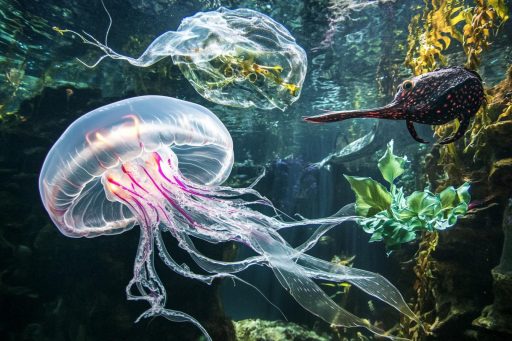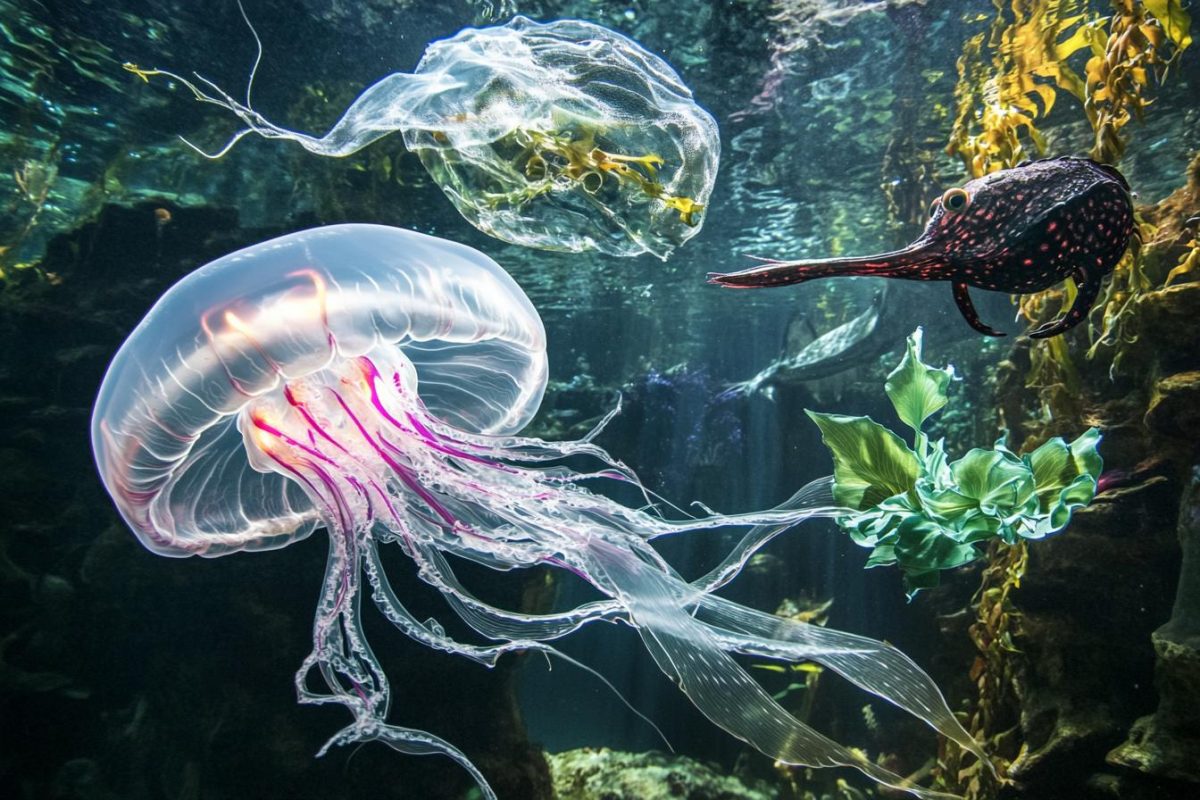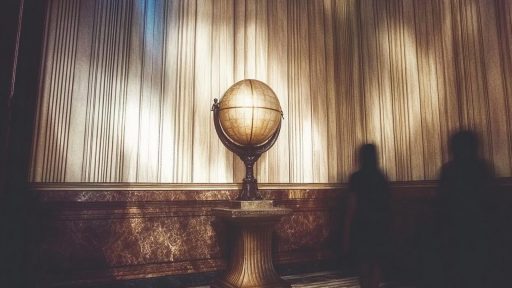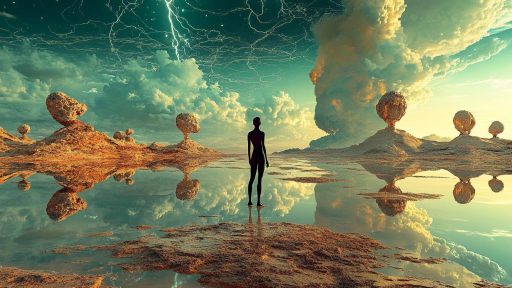
Nature has a way of surprising even the most seasoned scientists. Across land, sea, and sky, there are living creatures that seem to break every rule in the evolutionary playbook. With bizarre traits, inexplicable abilities, and ancient lineages that defy explanation, these animals challenge what we think we know about biology. Prepare to encounter beings that look more like myths than science.
The Immortal Jellyfish

Turritopsis dohrnii has the incredible ability to revert its cells back to an earlier state, effectively making it biologically immortal. Rather than aging and dying, it can restart its life cycle over and over again. This strange loop defies the very concept of natural selection, leaving scientists puzzled. Is this the closest nature has come to eternal life?
The Axolotl

Native to the lakes of Mexico, the axolotl retains its larval features throughout its entire life—a phenomenon known as neoteny. It can regenerate entire limbs, parts of its brain, and even sections of its heart with seemingly no evolutionary drawback. Most creatures grow and adapt beyond their juvenile forms, but not the axolotl. It remains a living paradox in the study of development.
The Platypus

It lays eggs like a reptile, has a duck-like bill, webbed feet, and venomous spurs—yet it’s a mammal. When first discovered, scientists believed it was a hoax stitched together from other animals. Its genetic structure is so unusual that it contains traits from birds, reptiles, and mammals. Evolution seems to have taken a detour when creating the platypus.
The Goblin Shark

This deep-sea predator looks like it swam straight out of a nightmare, with a protruding jaw that shoots out to snatch prey. Its lineage stretches back over 125 million years, remaining largely unchanged—a true “living fossil.” Evolutionary pressures that shape most creatures seem to have skipped over the goblin shark. It’s a relic from a time long before humans walked the Earth.
The Glass Frog

At first glance, the glass frog looks like any small, green tree frog—but flip it over and its internal organs are fully visible through its translucent skin. Why this evolutionary oddity developed such see-through camouflage is still a mystery. Unlike other adaptations meant to hide or defend, this one only raises more questions. It’s a living window into nature’s weirdness.
The Olm

Dwelling in the pitch-black caves of Europe, the olm has adapted to total darkness by losing its eyesight completely. It lives for over a century and can survive without food for years, defying both lifespan expectations and metabolic logic. Its appearance—pale, eel-like, and alien—is matched only by its bizarre biology. It’s an organism seemingly frozen in an evolutionary stasis.
The Leafy Sea Dragon

This ornate cousin of the seahorse is covered in leafy appendages that make it nearly indistinguishable from seaweed. Despite its delicate appearance, it glides gracefully through the water without the need for traditional fins. Evolution seems to have favored disguise over defense, creating a creature more art than animal. It’s camouflage taken to an otherworldly extreme.
The Yeti Crab

Discovered near hydrothermal vents in the deep sea, the yeti crab sports hairy, bacteria-covered arms it uses to harvest food from the water. Its extreme environment should make life nearly impossible, yet it thrives in superheated, sulfur-rich conditions. This crustacean challenges every notion of where and how life can exist. It’s a survivor from the abyss.
The Saiga Antelope

With its oversized, downward-facing nose, the saiga looks like something from prehistoric times. That peculiar snout helps filter dust and regulate temperature in its harsh Central Asian habitat. It’s a mammal that looks almost too strange to be real—yet it’s crucial to its ecosystem. Evolution gave it function wrapped in a bizarre form.
The Tardigrade

Also known as the water bear, this microscopic creature can survive in space, withstand radiation, and endure boiling and freezing temperatures. Its resilience is unmatched by any other known organism. Evolution seems to have made it indestructible. If life exists on other planets, it might look something like this.
The Barreleye Fish

Its transparent head allows it to look upward through its own skull to detect prey in the pitch-black ocean depths. The barreleye fish’s tubular eyes and eerie glow seem like science fiction brought to life. No other vertebrate has an adaptation quite like it. It’s proof that nature can be as imaginative as the wildest minds.
The Shoebill Stork

Standing tall with a massive, prehistoric-looking bill, the shoebill stork appears more dinosaur than bird. It can stand motionless for hours before striking its prey with alarming force. Despite its fearsome appearance, it’s almost absurdly calm and silent. It’s evolution’s bizarre blend of ancient and modern.
The Narwhal

Often dubbed the “unicorn of the sea,” the narwhal sports a spiraling tusk that can grow up to ten feet long. This tusk is actually a tooth that bursts through its upper lip—and scientists still debate its full purpose. It’s one of nature’s strangest flexes of form over function. A mythical creature made real.
The Maned Wolf

Looking like a fox on stilts, the maned wolf defies classification with its long legs, solitary nature, and fox-like face. It’s neither fox nor wolf, genetically unique and biologically confusing. It even smells like skunk due to a potent scent it uses for marking territory. Nature wrote its own rulebook with this one.
Where Biology Breaks Its Own Rules

From glowing cave dwellers to immortal jellyfish, these creatures show us that evolution is not a straight line—it’s a chaotic dance filled with detours, anomalies, and beautiful accidents. Each of these animals stands as a living contradiction, rewriting what we think we know about adaptation and survival. Their existence reminds us that life is not only stranger than we imagine, but stranger than we can imagine. And perhaps the most unbelievable creatures are the ones we’ve yet to discover.





